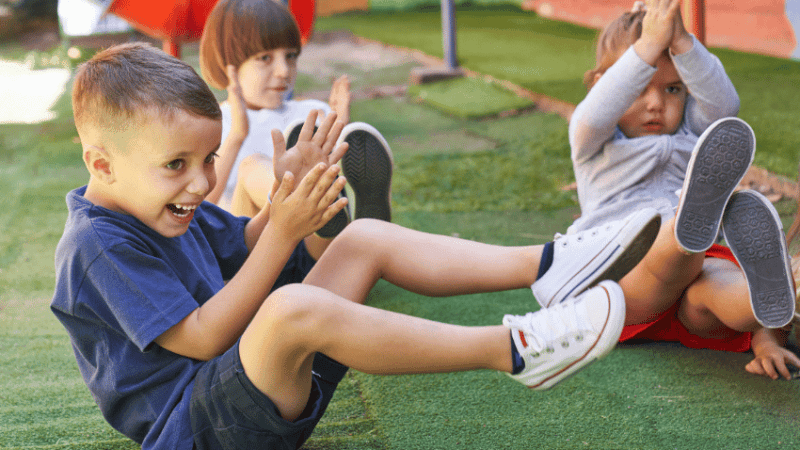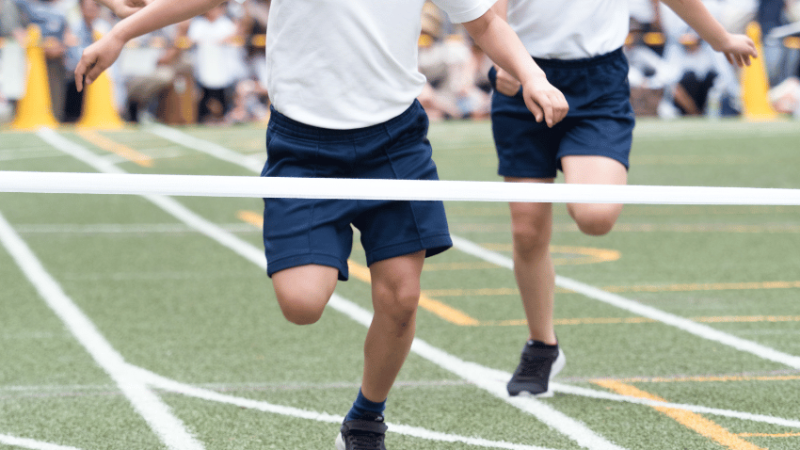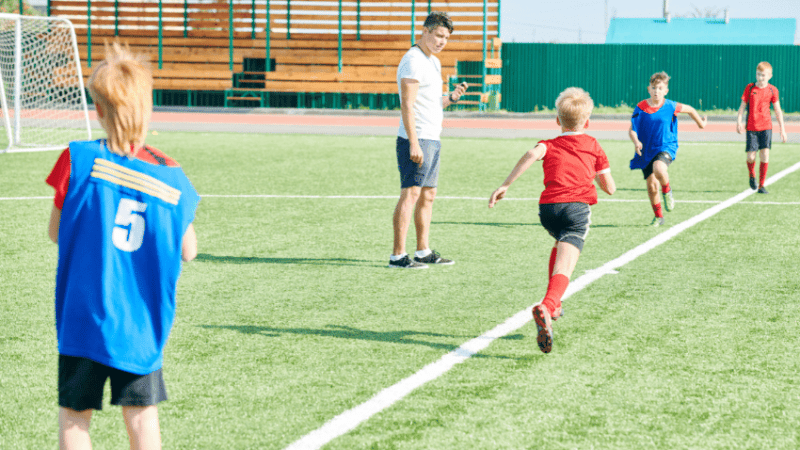Primary school PE – Six ways to shake up your lessons
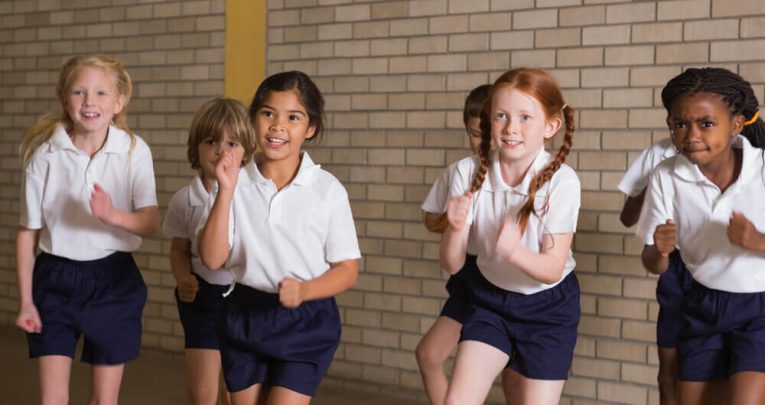
Tie in everything from literacy to citizenship, get kids moving, and enjoy your teaching
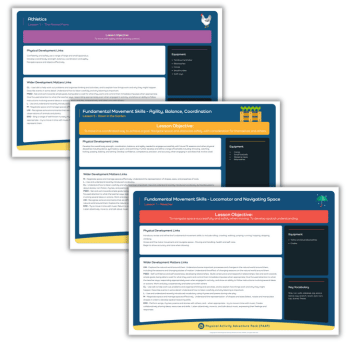
Wellbeing’s never been higher on the agenda, so active time is more important than ever. However, pupil confidence is more exposed in a PE environment, so being inclusive while nurturing the passion of the high achievers is key.
With that in mind, here are six ways to reinvigorate your lesson plans:
Put down the whistle
PE teaching can be autocratic; a teacher blowing a whistle at children, directing them when to start and stop.
It’s much better to blur the lines by making your sessions more child-led. Ask six children (two high ability, two medium and two low) to plan the work out for the following week, which they’ll have to lead as a group. Afterwards, ask the rest of the class for feedback and talk about how the session made them feel.
PE is the ideal environment for incorporating child participation. This mutual responsibility can make even disinclined children more motivated.
In turn, the approach nurtures coaching and mentoring opportunities as well as leadership skills development. It’s amazing how, out of the classroom context, you have the ability to turn the tables in this way.
Dance to a different tune Music is a universal language, motivating even the most PE-resistant children. Whether it’s classical music accompanying gymnastics, or lively pop soundtracking your hockey practice, pupils are more likely to move when there’s music playing.
Even if they’re waiting their turn, you’ll see their toes tapping and their hips wiggling. They’re smiling more and you’ll notice a positive ambience.
The music doesn’t need to be especially loud, but it’s incredible how pupils’ outlook changes. I sometimes use music to boost motivation when we have to exercise outside in bad weather.
Or I’ll let the children select the music themselves. It adds fun and energy to the class.
Maximise time
I’ve visited schools where, after you’ve factored in changing time and explaining or demoing the session, children are moving for just 30 minutes per lesson.
Changing time can be minimised by incentivising getting ready quickly, i.e. if the class get changed and out on to the field in under five minutes, they can plan the warm-up the following week. You’ll find they’re more stimulated, excited and ready to learn.
Another common issue I face is a dinner hall which needs vacating part-way through the session so it can be set up for lunch. Rather than let that bring down the energy of your session, take your cool-down somewhere else. See these as opportunities, not barriers.
Reverse cross-curricular links
Everyone talks about incorporating physical activity into other subject lessons, but I like to flip that on its head.
Why not include numeracy by counting out star jumps, or tie in literacy by finding adjectives to describe movements.
We can tap into science by talking about heart rate and anatomy, and for PHSE I ask the children to think about respect and democracy and how we can incorporate them into our PE lessons – voting is very popular!
I give the children the opportunity to vote for what they’d like to see included in their next session (providing I’ve seen good behaviour and effort across the board), which nurtures their enthusiasm for the coming lesson.
I also like to link to some less-common sports, whether that’s rolling a ball into a hoop with KS1 and introducing curling, or working on pivot movements for KS2 netball, then showing them speed-skating movements and linking them together.
PE provides fundamental skills to enable children to participate in a range of sports, providing they know about them.
Warm up… to warm up!
Nothing will destroy motivation faster than a queue of children standing in the cold waiting for their turn. It encourages behavioural issues, distractions and low mood.
Instead, get their hearts pumping and incude the skills focus from the offset. Ensure your warm up is not simply a generic tagging game or a jogging-on-the-spot activity.
When the session begins, children should have had prior instruction to get their piece of equipment, find space and begin moving and practising.
For invasion games this often involves dribbling activities while finding space. If you’re doing a net and wall activity, you might ask pupils to move to different cones and aim to bounce (netball) or hit (tennis/badminton) their ball into the nearest hoop or onto a spot before moving on.
Having more time to use a piece of equipment allows for continued development while maintaining activity levels. Plus, this type of skills-based active warm up is a great way to recap prior learning.
Be honest with your assessment of PE lessons, too. How active is your class? Use a stopwatch and turn it on/off when the children start/stop moving.
You may be surprised with the amount of inactivity among pupils – it always amazes me when stopping to talk to a class they revert to ‘sit and listen’. Instead, I encourage them to stand, engage their core, stretch and balance while listening to me.
Join in and have fun!
If you’re not interested in lessons, your body language will betray you. PE teachers have a responsibility to role-model active behaviour, and we have the opportunity to join in and not just oversee the pupils.
It’s about getting the right balance, so join in to encourage and motivate but also know when to step back and support from the sidelines.
If you’re not naturally interested in PE, you’re not alone. As a PGCE student, I received just four hours of physical education across my nine-month course, which unfortunately didn’t give me the confidence to deliver lessons effectively.
Ensure you seek help and support from your PE lead and maximise CPD opportunities in a format that works for you. For example, as a visual learner, seeing PE delivered practically is much more useful to me than reading a planning template.
Utilise sport premium funding to upskill teachers with qualified coaches, too. Don’t be afraid to put your hand up and ask for help! CPD will only serve to improve your subject knowledge and ultimately your enjoyment of what is a great subject with incredibly important health and wellbeing impact for each pupil.
Michael Brennan is a former head of PE and now runs a team of activity coaches for Premier Education providing physical activity sessions to primary schools across the Midlands. Find out more at premier-education.com. Read advice for preparing for PE deep dive questions.






